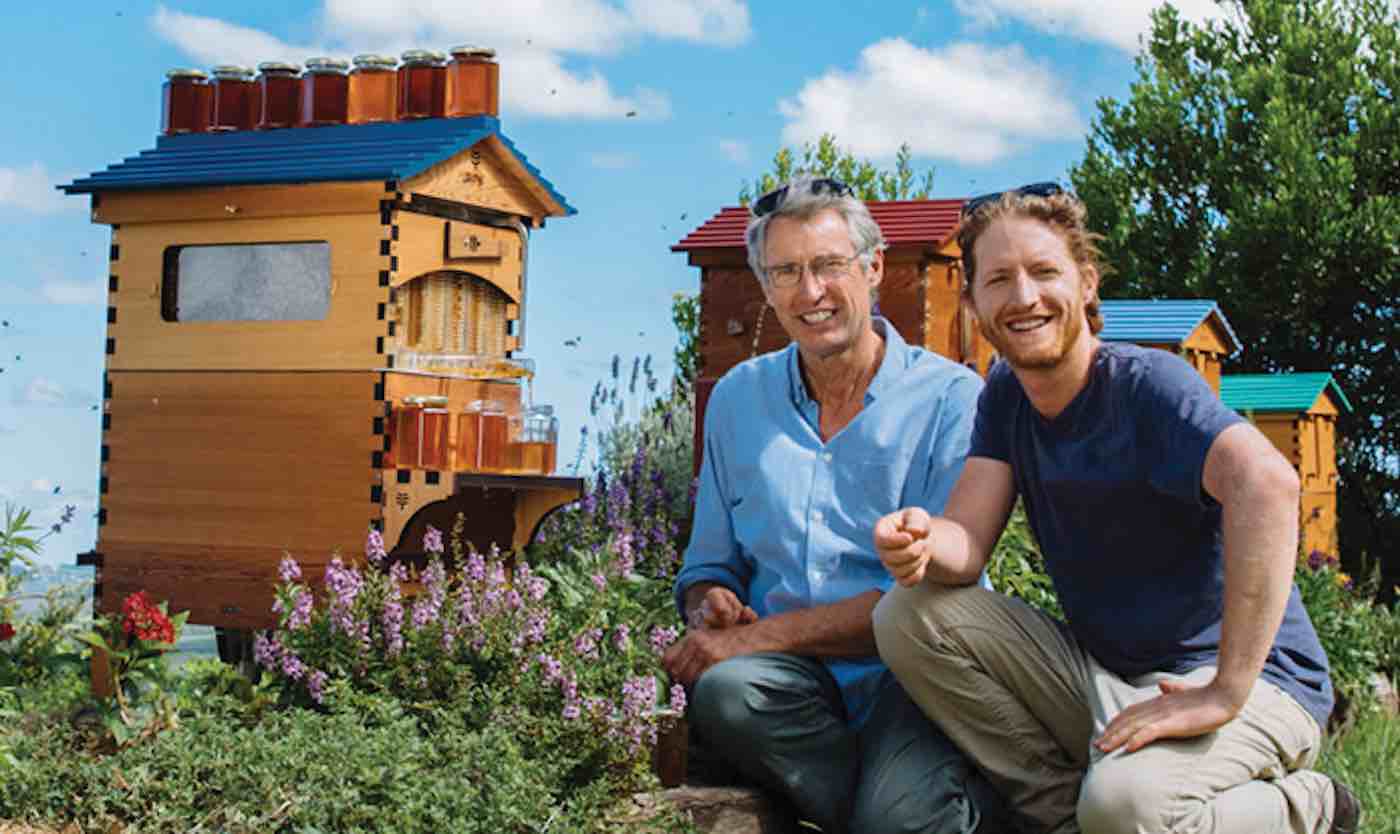As biologists and conservationists scramble to positively impact the declining pollinator populations, individual gardeners and cities around the world are doing their part to help honeybees in a variety of ingenious ways.
In honor of National Honeybee Day today, we’ve collected five ways that people and their communities are saving honeybees—and how you can help as well.
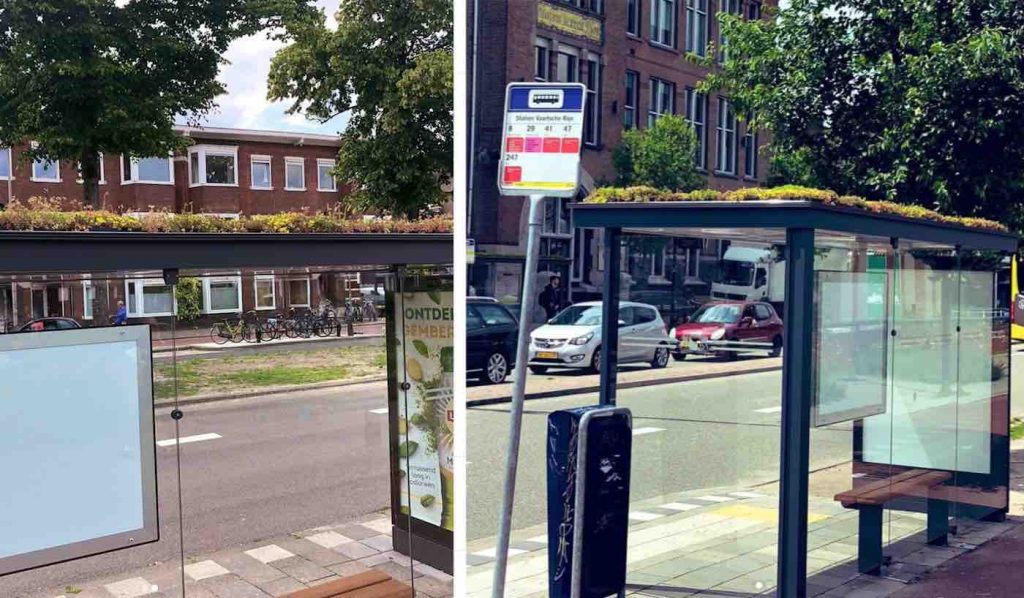
1) 316 Dutch Bus Stops Are Getting Green Roofs Covered in Plants as a Gift For Honeybees
Hundreds of Dutch bus stops are getting eco-friendly makeovers so they can be transformed into lush green sanctuaries for honeybees and humans alike.
All 316 bus stops in the city of Utrecht are receiving green rooftops covered in sedum plants. Not only are the succulents good for improving air quality, they are also good for helping to support dwindling pollinator populations.
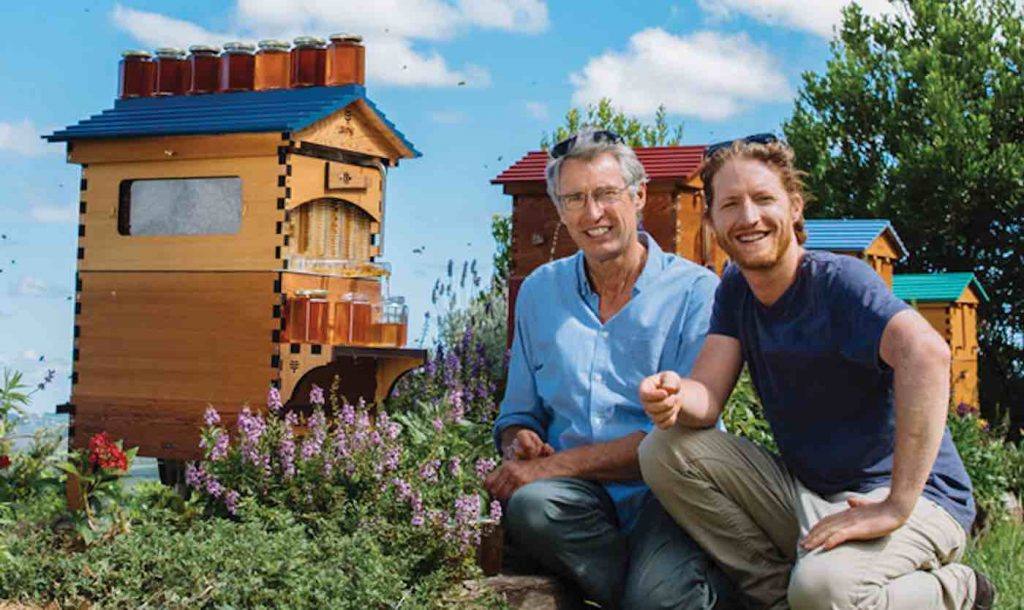
2) Since Father-Son Duo Designed Revolutionary ‘Honey on Tap’ Beehive, There Are 51,000 New Bee Colonies
Stuart and Cedar Anderson are the co-creators of the Flow Hive: a specially designed beehive that has encouraged many new beekeepers to tend hives. It cuts hours from the labor intensive work load by simply channeling all of the honey into a tap that can be turned on and off at will.
Four years after their initial success, the Flow Hive has had a dramatic impact on honeybee populations around the world. The Andersons say that they have successfully shipped over 51,000 hives to 150 different countries. Since they launched the hive in 2015, the number of beekeepers in the U.S. alone has increased by over 10%.
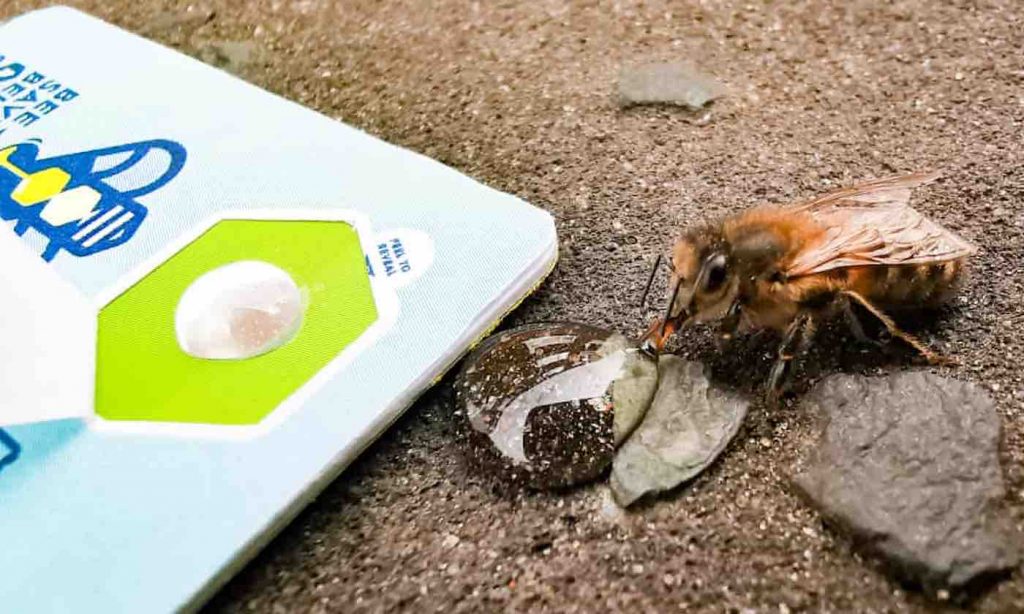
3) You Can Now Use These Pocket-Sized ‘Bee Savior’ Cards to Rescue Hungry Honeybees on the Sidewalk
40-year-old Dan Harris designed the Bee Savior Cards in order to ensure that anyone can save hungry honeybees this summer simply by using the contents of their wallet.
The cards hold three different stashes of sugar solution which can be used as a life-saving snack for pollinators.
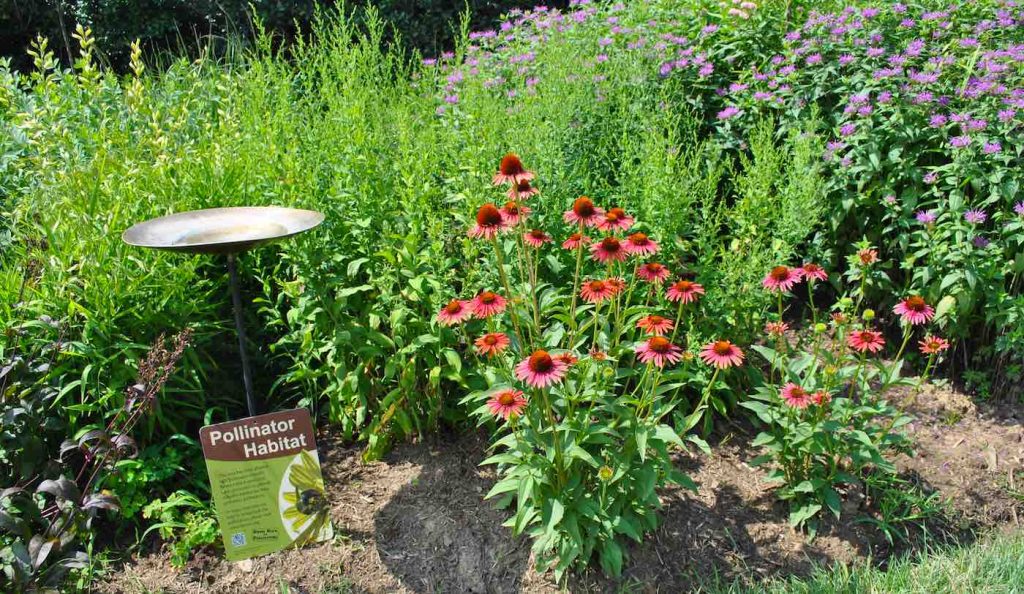
4) Over 1 Million Gardeners Have United to Create Global Network of Greenery That Nourishes Bees and Butterflies
Back in April, the National Pollinator Garden Network has surpassed their goal of registered pollinator gardens with just over 1,040,000 gardens now registered with their Million Pollinator Garden Challenge—and you can join the team too.
Though most of the registered pollinator gardens are concentrated in the United States, the ambitious project has also recruited members in Canada, Mexico, and Europe. The registered spaces, most of which are comprised of private yards and public gardens, all add up to a network of approximately 5 million acres of enhanced or new pollinator habitat.
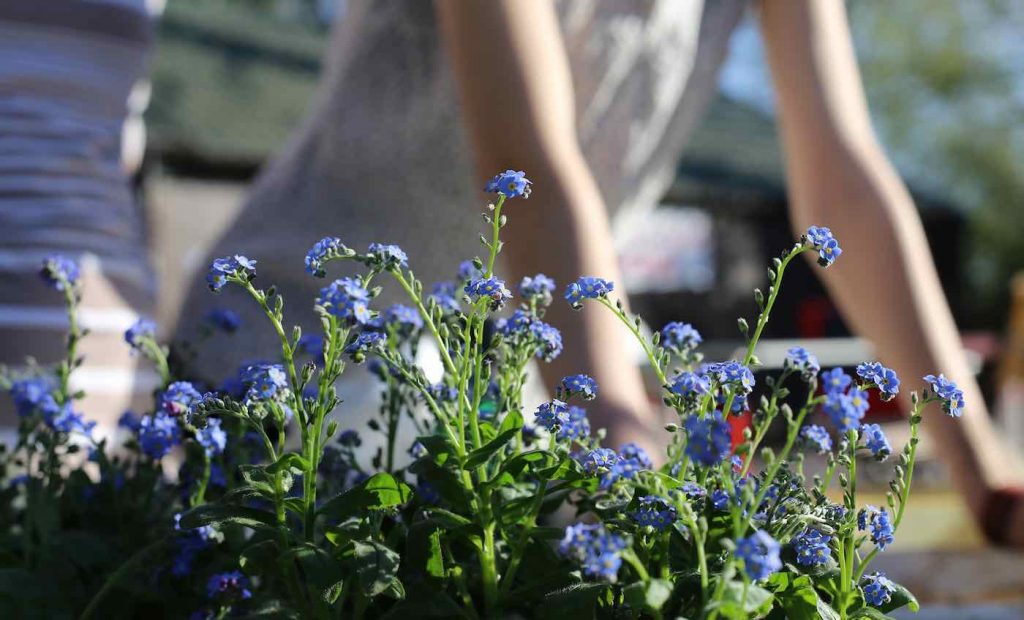
5) Minnesota Will Soon Pay for Your Landscaping Costs If You Plant Bee-Friendly Greenery
As a means of boosting honeybee populations, Minnesota lawmakers have approved a new program that will compensate homeowners for planting pollinator-friendly greenery on their properties.
According to the proposal, the state will allocate roughly $900,000 in state funding for the creation of honeybee habitat over the course of one year.
The funding will then be distributed to Minnesota homeowners who are seeking to transform their gardens and outdoor spaces into bee-friendly spaces.
BONUS: Mathematician Unveils Breakthrough on Non-Toxic Pest Control That Doesn’t Harm Bees
MORE: Native Bees Are Poised to Be First Pollinators Protected Under California Endangered Species Act
Bee Sure And Share The Good News With Your Friends On Social Media…




















